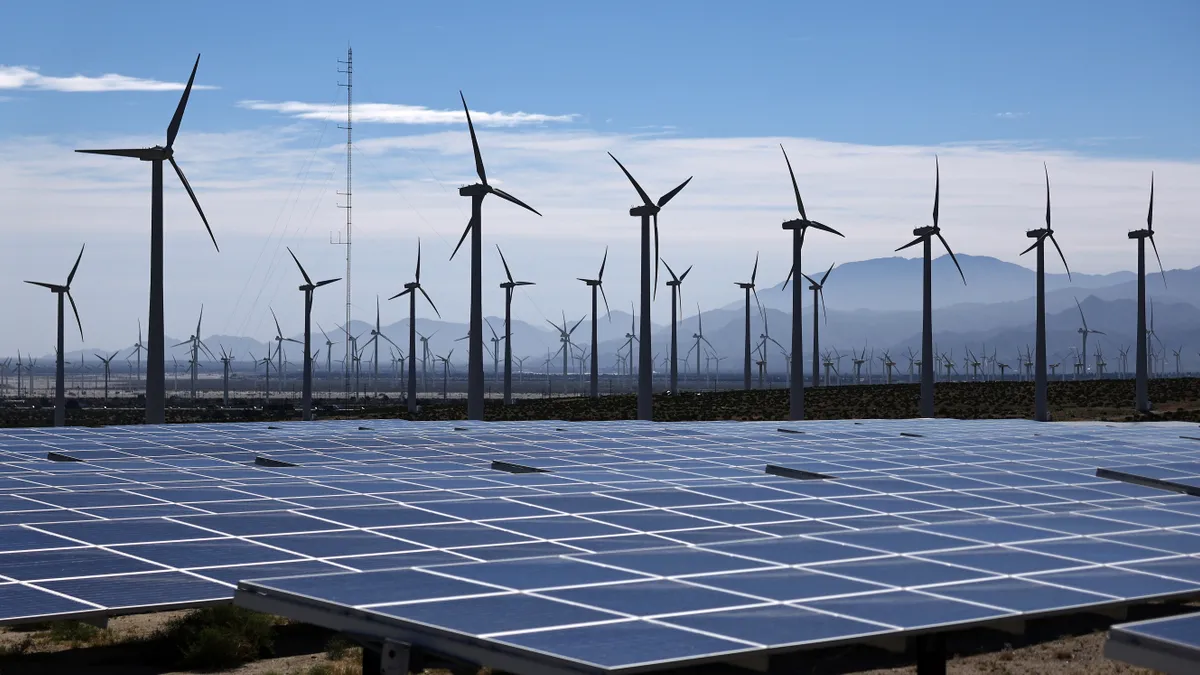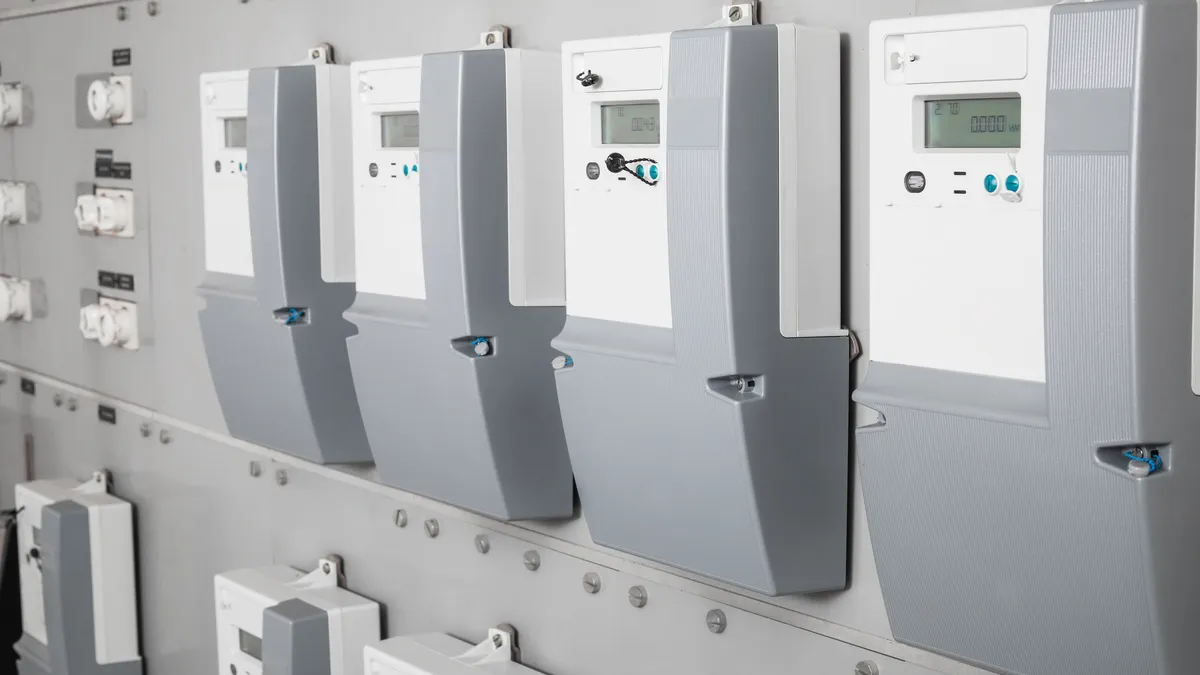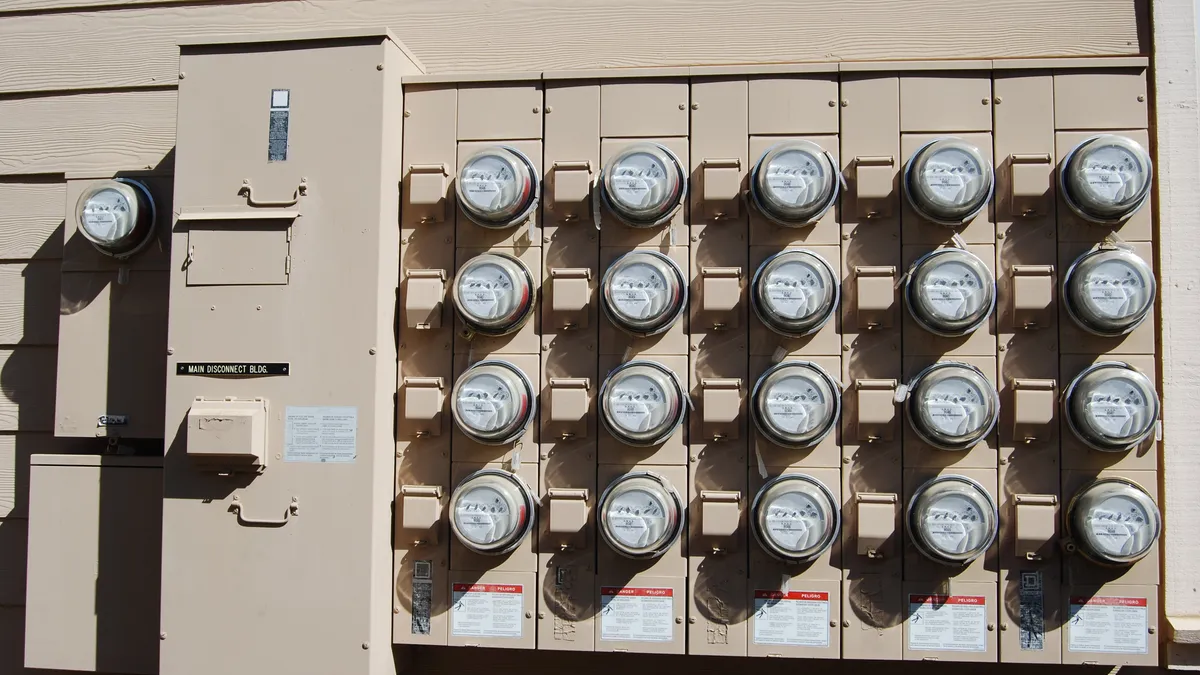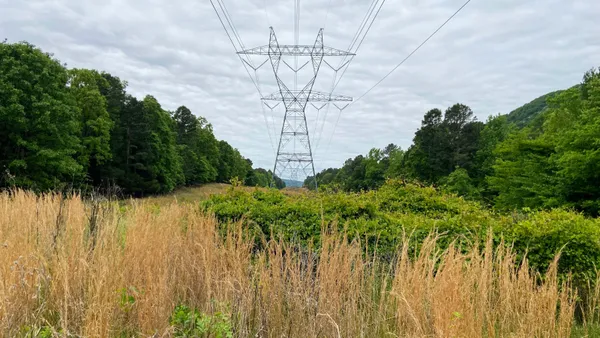Pier LaFarge is the co-founder and CEO of Sparkfund.
In July, the PJM capacity auction results stunned the energy industry with a staggering 9x increase in baseline power capacity prices over the previous year. This result is not merely a "bad day in the market" but a dislocation event reflecting the profound challenges we face in the energy transition.
At the heart of this dislocation lies a supply-demand crunch, caused by the retirement of aging power plants, the reduced capacity accreditations for various energy resources, and the inability to interconnect new generation projects across the PJM footprint. As the demand for electricity spikes upward — driven by the resurgence of American manufacturing, the proliferation of data centers to support the advent of generative AI, and growing home electrification, including electric vehicles — our grid infrastructure is hard-pressed to meet these unprecedented, fast-approaching challenges. The record-setting surge in PJM pricing spotlights the reality that we have been unable to build new capacity resources fast enough.
Though distributed energy resources, or DERs, offer a quick and proven way to add new capacity, they have rarely been deployed at scale to meet capacity needs. This could change, however, by extending our current regulatory paradigms to DERs.
The distributed capacity procurement model
The distributed capacity procurement, or DCP, is a model for utilities to deploy DERs at scale by integrating them into planning as a capacity resource. The DCP model empowers utilities to lead the charge on planning, siting, deployment and dispatch of DERs, offering a new way to navigate the energy transition.
The DCP model places the utility as the wholesale purchaser of DERs to serve specific grid needs, marrying utility planning processes with DER deployment to create new capacity at unprecedented speed and scale. Given their deep understanding of grid needs, utilities can strategically deploy customer-sited generation and storage as grid assets based on their value to the grid, and in turn alleviate grid congestion, accelerate the pace of new capacity, lower costs and unlock grid value — all in ways that third-parties have not. Strategically placing DER assets where the grid needs them most unlocks the highest total value for society — while also accelerating the speed and scale of deployment. The DCP model provides clear value for the grid, while alleviating capacity challenges in places like PJM.
The DCP model recognizes that utilities are uniquely positioned to spearhead the deployment of DERs at an unprecedented scale. Since Vermont’s Green Mountain Power launched its two battery programs in 2020, the utility has enrolled 10 times more megawatts in its Energy Storage System Lease program (where the utility owns the battery that is leased to the customer) compared to its slower-to-deploy, customer-owned Bring-Your-Own-Device Program. In August, Xcel Energy introduced a distributed capacity procurement that could add 400 MW to 1,000 MW of both solar and storage in that territory. Both programs demonstrate the utility’s unique superpower to quickly install distributed capacity that benefits all ratepayers, and to do so where the grid needs it most, at a faster rate of deployment than existing models.
Regulators can therefore find solace in the DCP model's ability to serve multiple policy goals in the form of increased affordability, improved reliability and progress toward decarbonization goals, all of which are benefits of DERs identified in a study by the National Renewable Energy Laboratory. These benefits should be even greater when DERs are deployed strategically through utility planning processes, potentially leading to significant avoided or deferred costs of otherwise necessary transmission and distribution upgrades, not to mention reducing the grid’s reliance on fossil peaker resources.
Perhaps unexpectedly, the DCP model also addresses challenges faced by solar and battery developers. For those frustrated by the bottlenecks in the interconnection process, a DCP turns utilities into willing wholesale buyers of their services without the constraint of the interconnection queues — since, under this model, utilities determine where the assets are sited to benefit the grid. The DCP model will foster a competitive ecosystem of local vendors and suppliers, ensuring that the deployment of DERs is not only cost-effective but also aligned with labor, safety and cybersecurity standards. This collaborative approach recognizes the inherent value of diverse stakeholders while harnessing the collective power of the utility industry to drive transformative change.
By embracing the DCP concept, utilities can redefine their role as indispensable partners in the energy transition, by leveraging their expertise and resources to drive progress at a scale and pace that would be unattainable through fragmented, third-party efforts. To be clear, the DCP model does not solve the entirety of the challenge that lies ahead. Much of the challenges will be met using the traditional playbook, with centralized utility-scale generation and major new investments in transmission and distribution resources. However, DERs and the DCP model can significantly contribute to the solution, offering a grid-scale deployment model that is faster and typically cheaper than alternative investments.
The recent PJM capacity auction results serve as a warning bell that demands a bold response. The DCP model offers a path forward: few resources can be deployed as quickly as DERs, and empowering utilities to harness the full potential of DERs can unleash unprecedented speed and scale. By embracing this new tool, we can create a grid that is not only resilient and sustainable but also a catalyst for economic growth, technological innovation and a brighter future for generations to come.






















